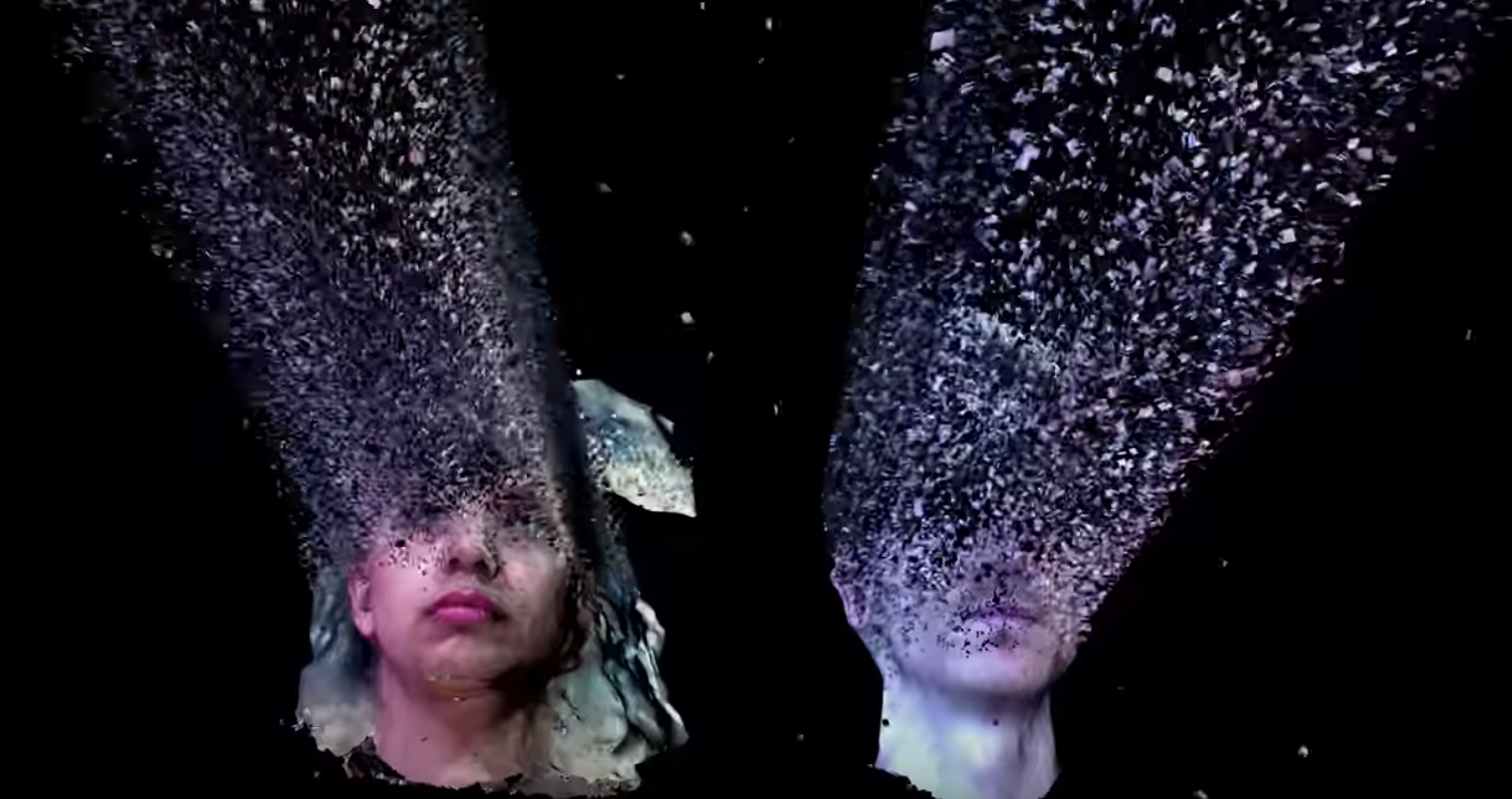More and more our modern society seems to be catering itself towards the attributes of shock value. Los Angeles based electro-funk duo “KNOWER” is no exception to this. The band consists of vocalist Genevieve Artadi along with drummer and keyboardist Louis Cole, who create a sound which borrows elements of uptempo funk music and pairs it with complex jazz harmony and bold EDM production techniques. Sam Ribakoff sums up the effects of their music, “If you’ve heard any of Knower’s music, you can imagine how losing one’s mind can be a possible side effect.”
Shocking ones audience is nothing new in music or any sort of art. In a New York Times poll, readers were asked what they thought was the most shocking piece of art from the past century. While Stravinsky’s “Rite of Spring” placed 3rd in the poll, it is noted that the recent performance of the work by the New York Philharmonic did not cause any stir. This is testimony of the fact that our culture has desensitized itself to things that were once surprising. Naturally, catching the attention of an audience with music and visual is immensely more difficult for Artadi and Cole today than it was for Stravinsky approximately a century before.
Louis Cole discusses his own mentality when writing music for KNOWER in an interview. To emphasize that he writes for the sake of listener’s reactions, he states that he tries to write “A chord progression that makes you feel like you’re happy but also like getting stung by bees”
It doesn’t stop there. Knower is notorious for sporting a wardrobe that matches the level of absurdity in their music. Here we can see Louis Cole dressed in an absurdly oversized corn t-shirt that could double as a Halloween costume, while Genevieve sports a rain poncho and her hair put up in a style that matches the size of her own head.

Perhaps the best example to demonstrate just how intense KNOWER’s work can be is the music video for the song BUTTS T**S MONEY.
The concept of the song is simple, “Butts and tits and money, Cause I’m broke and ugly.” The lyric seems to note a reliance on sexuality to promote music. Vocalist Genevieve Artadi demonstrates this within the video. She is shown thrusting with hands on her hips and even riding an inflatable swan while wearing a bathing suit. These visuals bring the lyrics to life and make the subject matter a very real thing.
Sonically, the song has an intense impact, featuring Cole’s strong and funky drum beats, a fat sounding bass synth, and Artadi’s screaming line “GIVE IT TO ME NOW.” The music video only further emphasizes this powerful sound; at the start of the chorus, a CGI visual is used to show two penis shaped rockets shooting through Cole and Artadi’s heads. This is followed by flashing lights of the word, “SEARING,” aggressive dancing from the band, and a multitude of green screened Genevieve Artadi’s. When questioned on this creative concept, Cole responded, “We just go with what looks cool that has like a off the bat visceral impact.
Seemingly, Cole’s mission is achieved with the video. In the comments section, many reference drugs to stress this impact of the experience. Youtube user Skeepan writes, “Holy fUCK this is not the shit you watch when you’re high. I say this not at all because I was high when watching, but because I had to make sure I wasn’t in the middle of the video.”
KNOWER has a message and is set on being heard. By implementing such extreme visuals to a song that is already so vivid in its message and its sound quality, Cole and Artadi create an experience that is heard through all the noise of the modern world.






